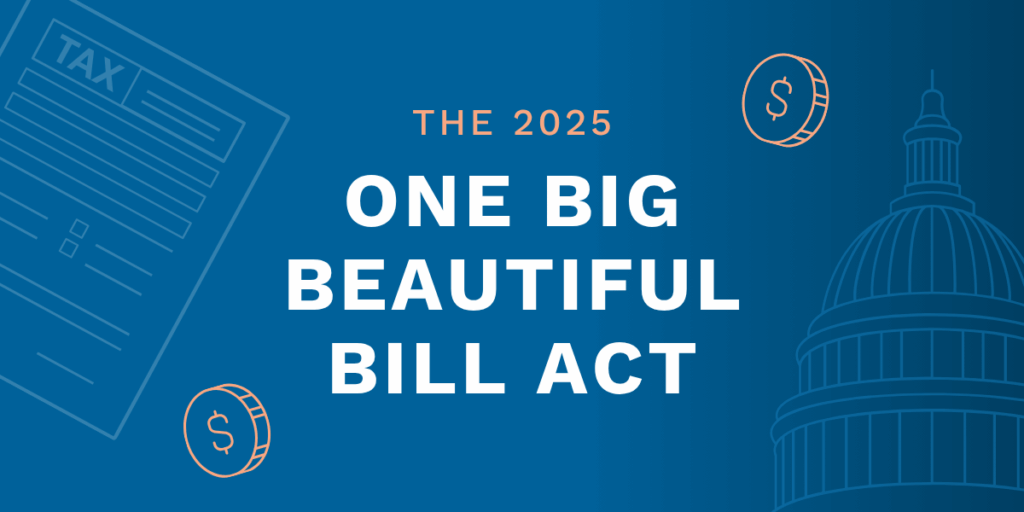By adopting sustainable practices, providers not only reduce their environmental footprint but also contribute to a fairer, healthier system for all patients.
The health of our environment and the health of our communities are deeply connected. Clean air, safe water, and sustainable practices have a direct impact on patient outcomes and play a significant role in advancing health equity.
For healthcare organizations, this link underscores an opportunity: by adopting sustainable practices, providers not only reduce their environmental footprint but also contribute to a fairer, healthier system for all patients. In this blog, we’ll explore how environmental health impacts health equity and share practical steps healthcare practices can take to support both goals.
Understanding Health Equity
The CDC defines health equity as “the attainment of the highest level of health for all people.” Health equity is the principle that everyone deserves a fair opportunity to achieve optimal health. Health equality is not enough, as some people face far more obstacles than others and need more care. Health equity means everyone gets the care they need.
Health equity goes beyond simply providing care; it means removing barriers that prevent people from accessing healthcare, such as cost, geography, or discrimination. True health equity recognizes that social determinants—like income, housing, and environmental conditions—play a large role in shaping overall health.
For example, the World Health Organization says that children born in poorer countries are 13 times more likely to die before the age of 5 than in wealthier countries.
Even within the United States, Black women face maternal mortality rates nearly 3.5 times higher than their white counterparts, and women are more likely to have their pain ignored by medical professionals than men.
How Environmental Health Affects Health Equity
Environmental health directly impacts health equity because vulnerable populations are often disproportionately exposed to environmental risks. Environmental factors significantly influence health equity by shaping who bears the burden of illness and who benefits from clean, safe surroundings.
Air pollution, particularly from fossil fuel extraction and combustion, leads to disproportionate health impacts in marginalized communities. A UK study found that residents in the most polluted areas were 27% more likely to suffer heart failure and 7% more likely to experience a stroke. Each microgram per cubic meter increase in PM2.5, a type of air pollutant, raises a person’s heart failure risk by 7% and stroke risk by 3%.
In the U.S., research shows that air pollution tied to the oil and gas industry is responsible for over 90,000 premature deaths annually, 216,000 childhood asthma cases, and more than 10,000 preterm births. These risks are especially concentrated in Black, Hispanic, Indigenous, and Asian populations. Nearly half of Americans (about 156 million people) now live in areas with unsafe levels of air pollutants like smog and soot. Hispanic individuals are nearly three times as likely as white individuals to live in a community with three failing grades from the American Lung Association.
In addition to higher pollution levels, other examples of health inequities related to environmental health include:
- Fewer green spaces
- Unsafe housing conditions
- Extreme weather events
- Limited access to nutritious foods and hygiene products
- Expensive or unclean drinking water
- Less access to medical care and medication
Within healthcare itself, unsustainable practices can drive waste and emissions, which ultimately affect the health of the broader community. By creating a cleaner, greener healthcare environment, providers not only protect patients but also contribute to healthier, more equitable outcomes across entire populations.
Steps Your Practice Can Take To Improve Environmental Health And Health Equity
Sustainability in healthcare does not always require major investments or disruptive changes. Small, thoughtful shifts in daily operations can reduce waste, lower costs, and improve efficiency—all while maintaining high-quality care for patients. Here are several practical strategies your practice can adopt.
Adopt digital workflows
Transitioning from paper to digital systems, like e-prescribing (ERX) and electronic health records (EHRs), dramatically reduces paper waste. These workflows also streamline patient care, improve accuracy, and make it easier to share data securely.
Switch from single-use to reusable materials (where possible)
Single-use items are sometimes necessary, but when it’s safe and practical, swapping them out for reusable alternatives helps cut down on medical waste. Even small changes, like reusable gowns or instruments, can make a big difference over time.
Rethink how you order supplies
Plan supply orders more carefully to avoid stockpiling items that may expire before use. Also, consider vendors’ shipping practices, packaging materials, and transportation methods. Prioritizing sustainable suppliers reduces both waste and your carbon footprint.
Offer patient resources through the portal
Instead of printing after-visit summaries or educational handouts, provide them digitally through a secure patient portal. This saves paper while still keeping patients informed and empowered.
Start with your office
Encourage staff to model sustainability by using recycling bins, reusable coffee mugs, and refillable water bottles. A greener workplace culture can influence both staff and patients.
Offer telehealth services
Telehealth is a great way to increase patients’ access to care. It also reduces the need for travel, which cuts carbon emissions. Patients save time and money, and the community benefits from fewer cars on the road.
Strive for green building certifications
If your practice has the resources, aim for certifications like LEED (Leadership in Energy and Environmental Design). These standards help ensure your facility meets high environmental performance goals, reducing energy and water use while providing a healthier environment for patients and staff.
Hold staff trainings
Hold training sessions to educate staff about racial biases, class biases, and your practice’s sustainability goals. Involving the entire team ensures consistent habits and a stronger impact.
Empowering Your Team For Better Care And A Better Planet
Making healthcare more sustainable and equitable is not just about individual actions; it is also about having the right systems in place to support those actions. Technology plays a major role in reducing waste, improving efficiency, and ensuring every patient receives fair, consistent care. This is where the right tools can make sustainability part of your daily workflow rather than an extra task on your to-do list.
RXNT’s EHR and E-Prescribing solutions are designed to streamline patient care while reducing paper waste and administrative burden, helping your practice balance sustainability with high-quality healthcare. Ready to take the next step toward a more equitable and sustainable practice? Learn more about RXNT’s EHR software today.





